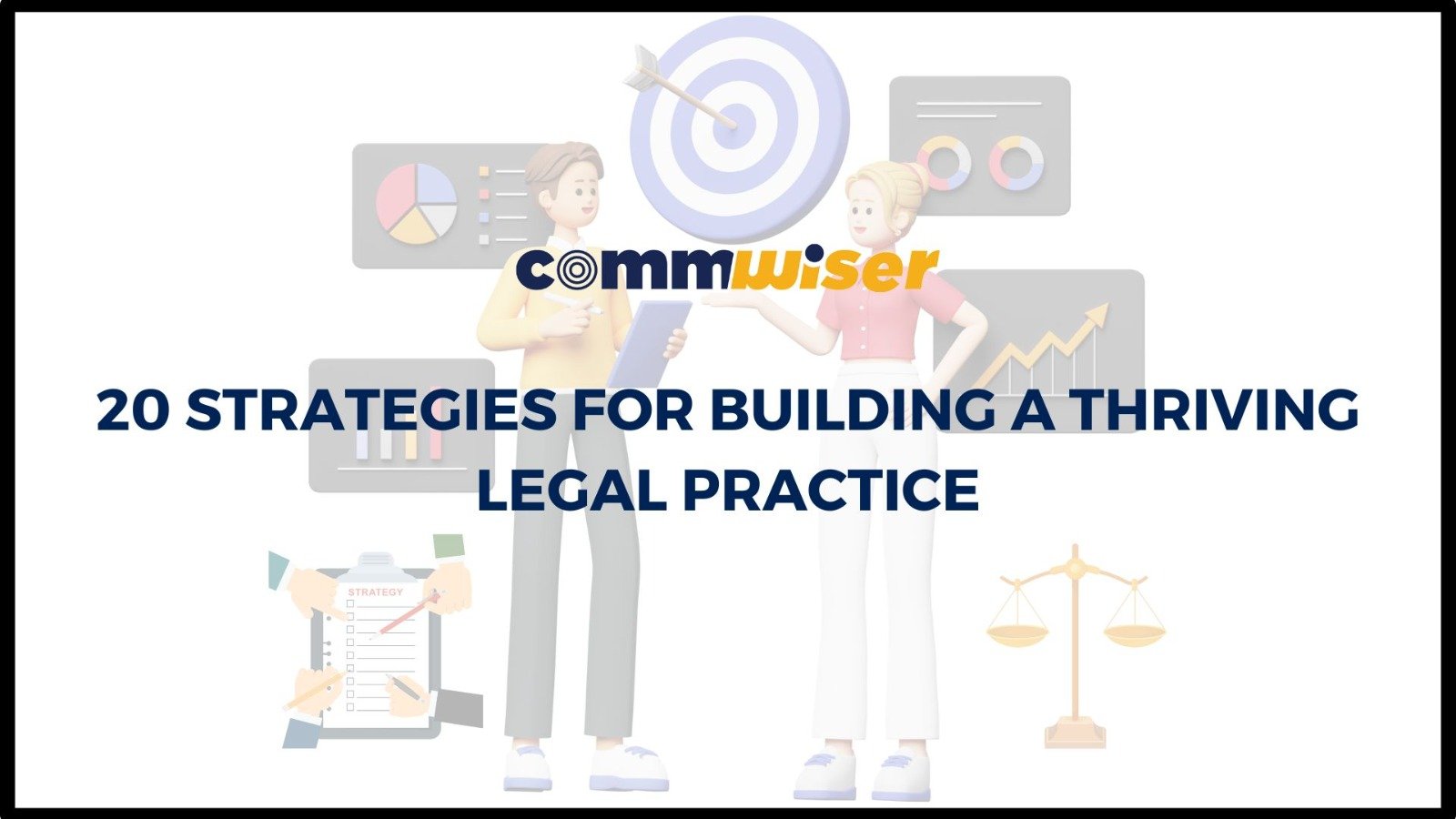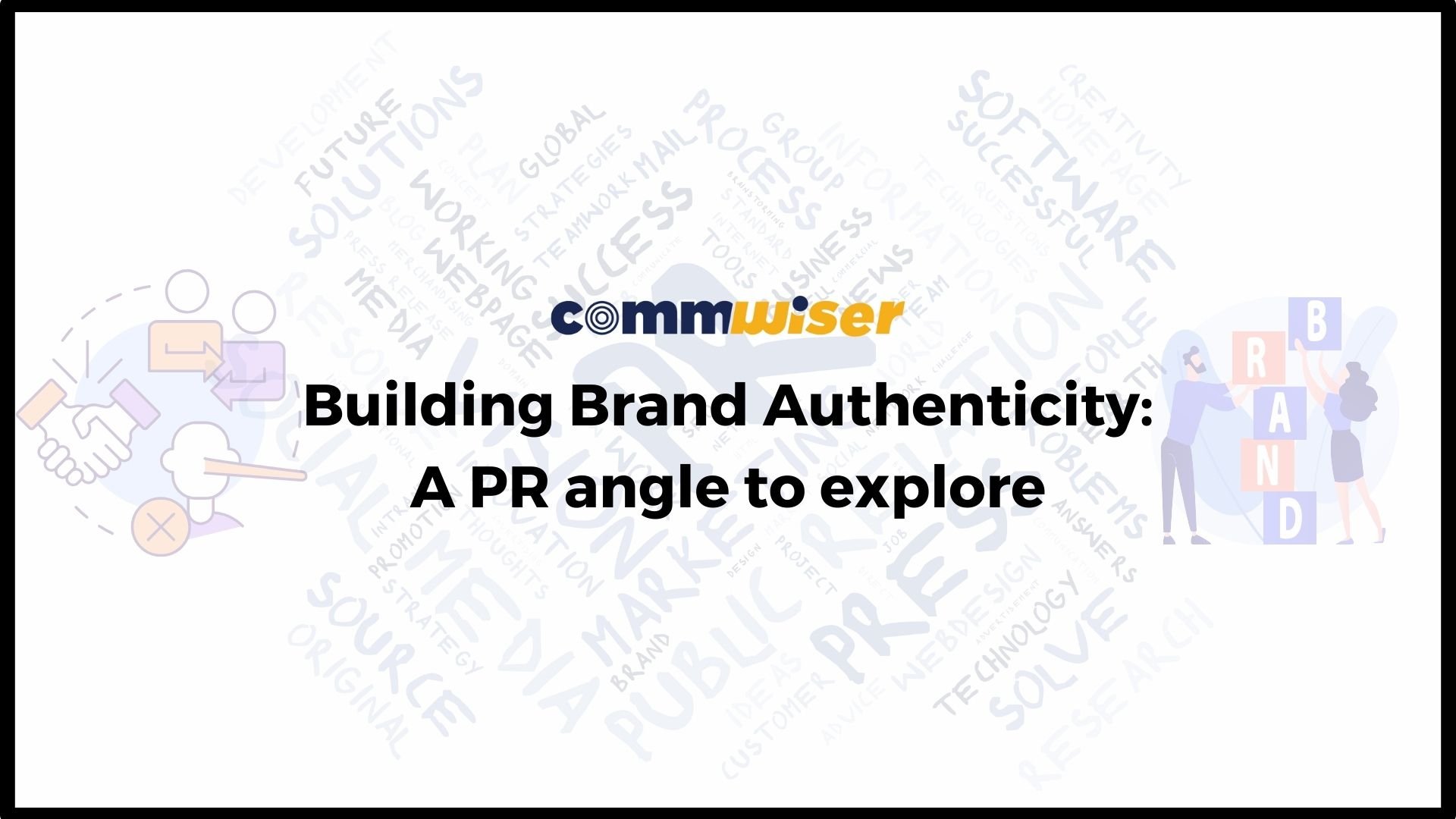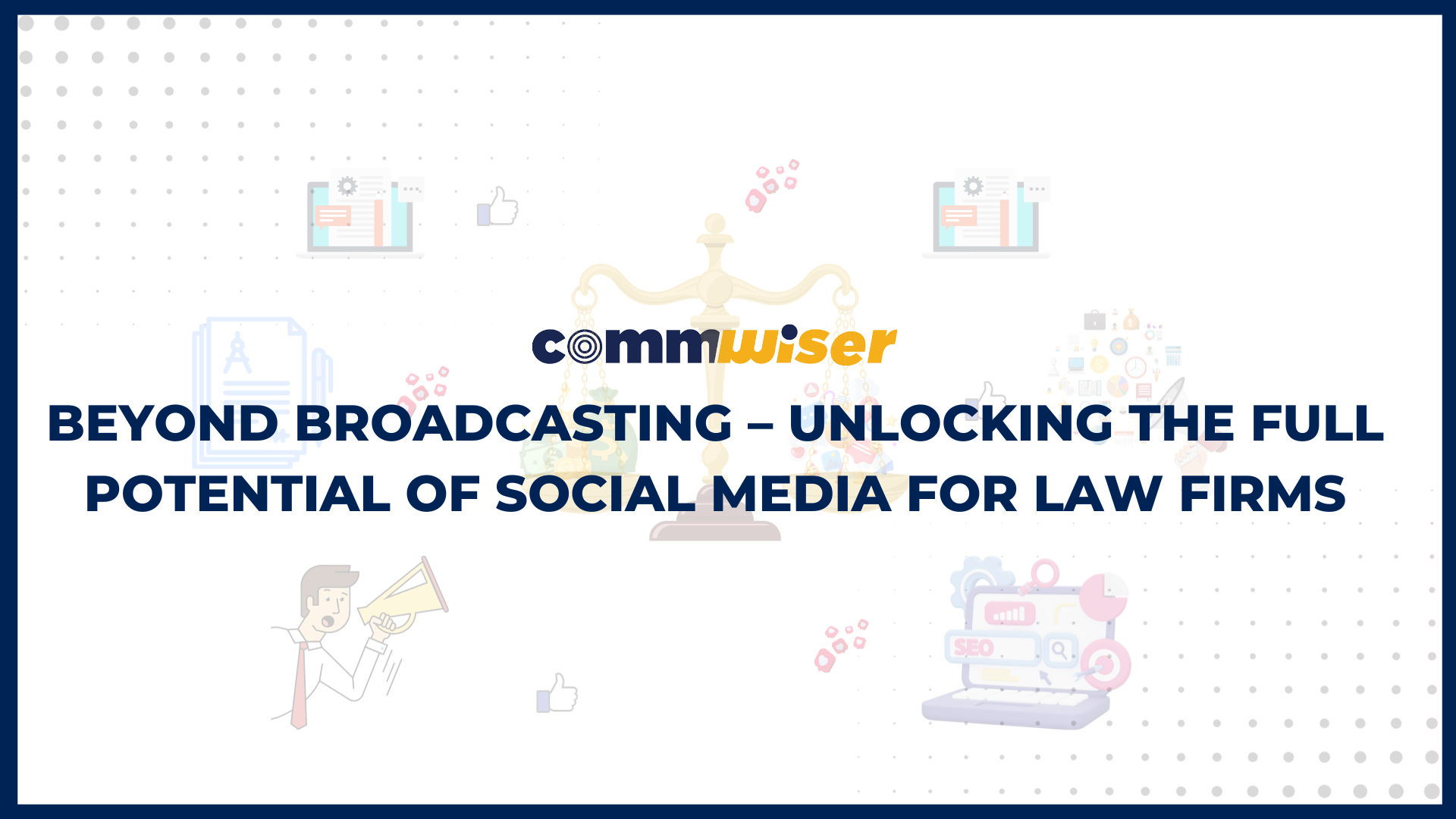Introduction –
In today’s competitive market, law firms encounter the ongoing challenge of standing out and catching the attention of potential clients. The key to success lies in showcasing what makes a law firm unique, valuable, and trustworthy in the eyes of clients. Public Relations (PR) plays an influential role in this process by leveraging strategic communication channels to highlight a law firm’s expertise, values, and unique selling propositions (USPs) and more.
What is Differentiation in a Competitive Market
Differentiation is a valuable process that helps businesses stand out in a competitive market. It involves identifying and emphasizing a company’s unique strengths, values, and offerings. Public Relations (PR) is a crucial tool that can aid companies in this process. By utilizing effective PR strategies such as media placements, thought leadership content, and storytelling, businesses can highlight their distinctive features such as specialized expertise, client-centric approach, or a commitment to diversity and inclusion. This, in turn, can help law firms attract target clients and gain a competitive advantage. For instance, a law firm can differentiate itself from competitors by showcasing its successful track record in complex litigation cases or innovative approach to legal services through PR campaigns. Ultimately, differentiation through PR empowers law firms in creating a compelling brand identity, build trust with clients, and succeed in a competitive legal landscape.
How can public relations (PR) assist law firms in distinguishing themselves from their competitors?
Highlighting Expertise and Values
Public Relations (PR) is a powerful tool that enables law firms to showcase their strengths in specific practice areas and highlight their values. Through strategic media placements, thought-provoking articles, and speaking opportunities at industry events, PR can help position law firms as thought leaders in their fields while communicating their dedication to ethical practices and client-focused principles. This can be a game-changer for law firms looking to boost their reputation, build their brand, and cultivate long-term relationships with clients.
Building Trust and Reputation
An established law firm is looking to strengthen its reputation as a reliable legal advisor. To achieve this, the firm adopts various public relations (PR) strategies such as publishing thought leadership articles, organizing seminars, and highlighting successful cases in the media. These efforts help to showcase the firm’s expertise and ethical values, which in turn, attract new clients and build trust with existing ones. Ultimately, this contributes to the firm’s continued success in the highly competitive legal market.
Showcasing Unique Value Propositions
Public relations (PR) campaigns are effective ways for a law firm to communicate its unique selling propositions (USPs) to potential clients. These USPs can include specialized services, innovative technology solutions, or a client-centric approach. By crafting compelling narratives, PR can help the law firm stand out in a competitive market and connect with its target audience.
Leveraging Media Opportunities
PR professionals work closely with journalists and media outlets to secure valuable media coverage for the law firms. This increased visibility through media placements, interviews, and features helps law firms reach a wider audience and solidify their position as industry leaders, showcasing their expertise and thought leadership to potential clients and stakeholders alike. By strategically leveraging media opportunities, PR professionals enable law firms to stay ahead of the competition and establish themselves as trusted advisors in the legal landscape.
The Role of PR in Crisis Management for Reputation Maintenance
In times of crisis, public relations (PR) can serve as a critical asset for safeguarding a CA firm’s reputation. For Example, if a financial advisory firm faces allegations of misconduct, PR experts can swiftly respond by transparently communicating the corrective measures taken to uphold ethical standards. Through press releases, social media updates, and personalized client communications, PR plays a vital role in rebuilding trust and preserving the firm’s credibility. Effective crisis management not only helps the CA firm regain public confidence but also ensures long-term sustainability and success in the financial services industry.
Nurturing Client Relationships
Building and maintaining strong relationships with clients is a crucial part of Public Relations. It’s not just about attracting new clients but also nurturing existing ones. PR professionals can achieve this by organizing events that cater to clients, sharing positive feedback from satisfied clients, and keeping them up to date on legal developments. With these efforts, PR can strengthen the bonds with clients, leading to repeat business and referrals.
To delve deeper into how law firms can harness the power of Public Relations to expand their clientele and achieve lasting success, explore our detailed insights at – https://commwiser.com/the-law-firm-story-a-pr-angle-one-must-explore/
Conclusion-
Public Relations (PR) is an incredibly powerful tool for law firms that want to find ways to differentiate themselves and gain a competitive advantage. By strategically leveraging PR tactics to showcase their expertise, build a trustworthy reputation, differentiate themselves through thought leadership, highlight their unique selling propositions (USPs), and Build client relationships, law firms can position themselves as trusted advisors and preferred partners in a fast-paced and competitive legal environment.










